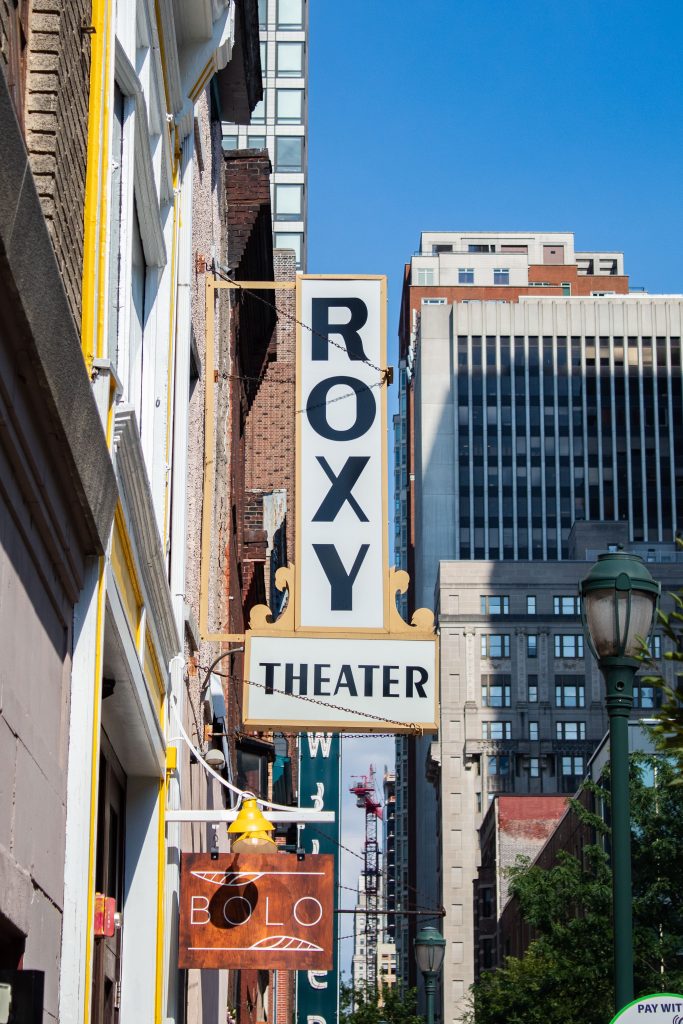
“The Flash,” released Jun. 16, is among the final entries of the DC Extended Universe (DCEU), pioneered by commercial hits such as “Man of Steel,” “Batman v Superman: Dawn of Justice” and “Suicide Squad.”
Loosely inspired by the limited comic series “Flashpoint,” the film follows forensic scientist and titular scarlet speedster Barry Allen, portrayed by Ezra Miller, who discovers that he can travel through time via his superspeed. With this newfound ability, he travels to the past to prevent the murder of his mother (Maribel Verdú) and, consequently, the imprisonment of his father (Ron Livingston), who was wrongly framed for the crime. However, doing so creates a new reality in which superheroes are scarce and, to make matters worse, formidable Kryptonian General Zod (Michael Shannon) is preparing for global annihilation.
To protect this reality, Barry forms a ragtag group of heroes including his inexperienced teenage self (also portrayed by Miller), a retired Batman (Michael Keaton) and the imprisoned cousin of Supergirl (Sasha Calle).
One of the major challenges in presenting a story of the grand, multiversal scale “The Flash” sets out for is maintaining some sort of anchor point throughout that the audience can remain attached to. Otherwise, it is fairly easy for stories of this ilk to become a muddled array of ideas without a central core. Unfortunately, “The Flash” falls victim to this common pitfall, and understandably so.
After being officially announced in 2014, the movie cycled through numerous creators’ hands, with the director’s seat shifting from Seth Grahame-Smith to Rick Famuyiwa to John Francis Daley and Jonathan Goldstein before finally landing on Andy Muschietti. The film’s tumultuous development history bleeds noticeably into the final product, which often feels like a bombardment of concepts that do not quite mesh together.
The emotional core that “The Flash” attempts to establish is, unsurprisingly, centered around Barry as he learns the value of accepting the scars of his past. To the film’s credit, it does mostly retain this focus for the first hour or so of its runtime, providing audiences an adequate glimpse into Barry’s superhero life, his work life and his relationships with colleagues and family.
Even when Barry delves into time travel, the film continues to revolve around his perspective and even doubles down on it once he crosses paths with his teenage self, one of the most clever narrative decisions on display. Having adult Barry act as a mentor figure to teenage Barry is an enjoyable dynamic to watch unfold onscreen and provides a creative means of character development.
From here, however, I found the multiversal elements of “The Flash” to become severely distracting, rendering the remainder of the film a somewhat disjointed assemblage of disparate characters and events. Prime examples of this are General Zod and Supergirl who are given so little characterization that they are relegated to uninteresting props whose sole purpose is to keep the plot moving along. While Michael Keaton’s Batman plays a more significant role, he too feels haphazardly thrust into this narrative to simply cash in on nostalgia for Tim Burton’s 1989 film.
The absolute worst instance of superfluous fan service appears in the film’s climax, which involves the impending collision of numerous universes, during which time a series of cameos from characters throughout DC history, seemingly chosen at random, ensues. Though the sequence is relatively brief and certainly did not ruin the film for me, I would be remiss if I did not at least mention it. It is truly one of the most egregious and desperate examples of nostalgia bait to appear in recent years.
Part of what sours the aforementioned montage of cameos along with other pivotal moments in “The Flash” is their poor application of CGI. This glaring shortcoming presents itself as early as the opening action sequence, which involves Barry rescuing people from a crumbling hospital. The scene is a simple yet fun way to introduce The Flash’s abilities, limitations, and courageous heroism. However, the poor VFX work riddled throughout makes it difficult to feel as though anything happening on screen is tangible and, as a result, lessens the stakes. A similar issue persists as the film delves into bigger and more bombastic action set pieces. In this sense, the action scenes in “The Flash” are emblematic of the film as a whole, littered with conceptually sound ideas that are not realized to their fullest potential.
Several blockbusters of recent months, such as “Black Adam” and “Shazam! Fury of the Gods,” have proven to be technically competent, middle-of-the-road experiences. Frankly, I find most of these films to be uninteresting subjects for discussion. In this regard, “The Flash” is a standout. Its troubled development in tandem with the bizarre behavior of its leading actor and the financial and critical blows that plagued its release has been fascinating to watch unfold. The film itself is an equally interesting enigma that elicited emotions ranging from sheer embarrassment to amusing befuddlement.

